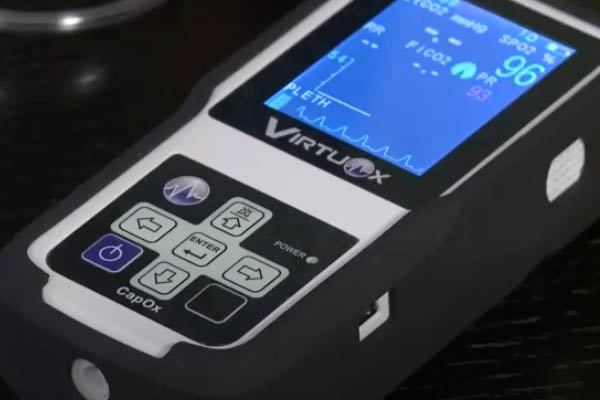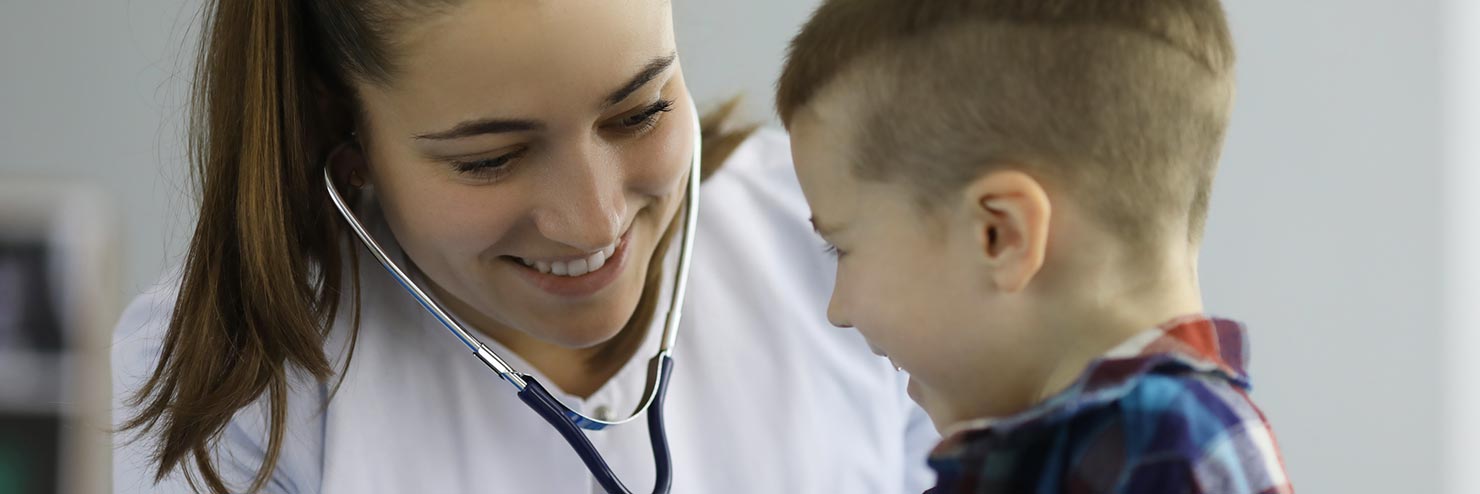Convenient patient testing at home
Early Diagnosis, Better Outcomes
A clinician’s time and resources are limited, but a patient’s needs are not. Capnography monitoring offers an early warning of respiratory compromise, offering medical providers a way to quickly diagnose early respiratory depression and airway disorders and determine how to intervene — reducing risk, saving time, and improving patient outcomes.
Capnography in action
Capnography is a method of measuring the concentration of carbon dioxide (CO2) in exhaled breath, to help medical providers identify ventilation changes and improve patient safety. Capnography is a valuable tool for monitoring the respiratory status of patients and detecting respiratory problems early on.
One of the main benefits of capnography is that it allows providers to continuously monitor a patient's respiratory status. By measuring the CO2 levels in a patient's breath, capnography can provide real-time information about the patient's breathing rate, depth, and pattern. This can be especially useful in critically ill patients, who may have compromised respiratory function.
Capnography detects respiratory problems early. If a patient's CO2 levels begin to rise, this may indicate the patient is experiencing difficulty breathing or that their ventilation is inadequate. By detecting these problems as they arise, healthcare providers can take steps to intervene and prevent further deterioration of the patient's condition.

Capnography monitors serve virtually all patient populations, from neonate to adult, in all clinical environments. The technology offers a straightforward plug-and-play setup, with functions that streamline provider workflows. Healthcare practitioners receive real-time notifications of ventilation changes, along with a way to track apnea events and decreases in respiration rates.


